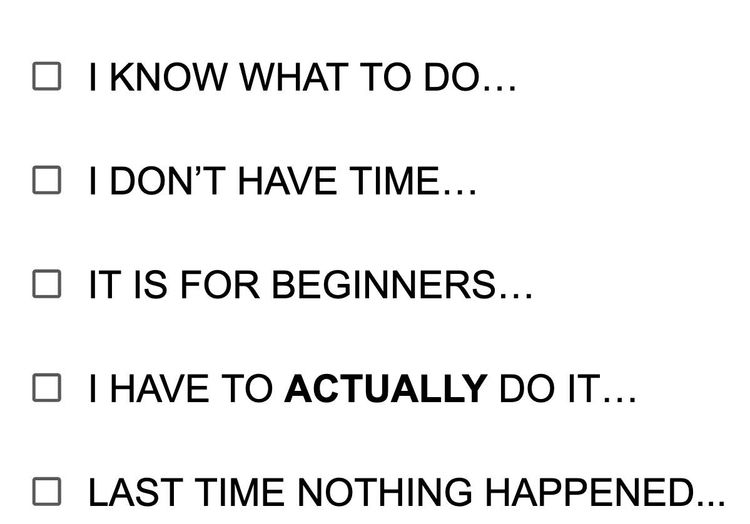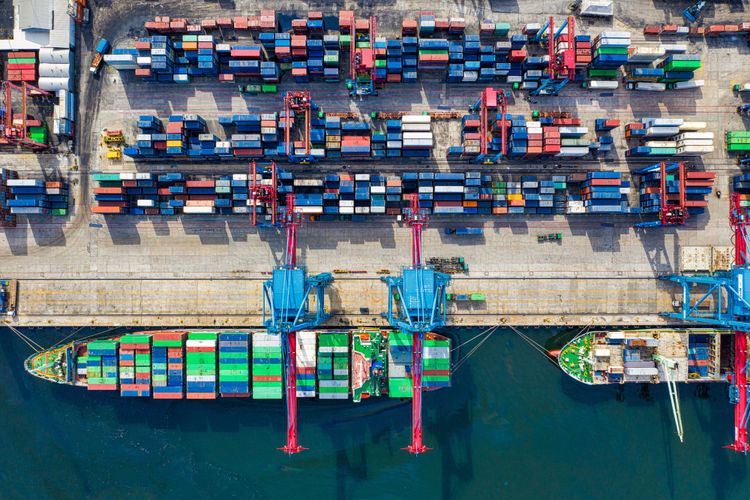Packing your own parachute

Imagine a skydiver whose life depends on the parachute. If something happens to the parachute, they will be dead. No if's, but's or maybe's. And it does not matter if it’s a first, or thousand and first jump - the parachute will always be checked and rechecked, packed and checked again.
There's a different picture in the maritime industry: sometimes safety procedures are neglected even though people know that it might cause dangerous situations. Usually there is no unquestionable and immediate life threat if something goes wrong and because of this many mariners have a blunted sense of danger. Combined this can leave people, literally, without fingers and lives.
Hope is an expensive commodity. It makes better sense to be prepared.
-Thucydides-
Innovations in the maritime sphere often were a response to the problems that this sphere faced. SOLAS was created as a reaction to the sinking of the Titanic, MARPOL as a response to a number of tanker accidents in 1970's and ISM was founded after the accident with Ro-Ro ferry Herald of Free Enterprise that sank in a matter of minutes and took 193 lives because of poor management.
For now ISM aims to add control over procedures and set a minimum level of operational quality. However, in many cases, it does not succeed in doing so. Checks take place in the form of audits and certifications, which are based, among other things, on the provided checklists and documentation. Everything goes off the rails if checklists are completed just for the sake of compliance - or worse, they are not completed at all. As a paper document, some of them get filled in after the operation or marked as complete without actually being used.
A checklist created to make it practical for a user with a lot of experience in the field is a valuable tool. Building a good checklist is nearly impossible if it is built only based on theoretical knowledge of how things should work. Without keeping in mind how things actually work when it comes to real life. If it is easy for the crew to follow procedures, it can drastically improve management processes.
In one instance, we introduced digital checklists that the crew onboard found easy to use. We also allowed the crew to change the layout of the checklists to make them more practical and to the point. This made them feel optimistic about using checklists because now they made sense and were available on mobile devices at all times. Overall they were more motivated to complete the checklists, and more checks were done correctly.
With this move, we solved one of the most significant perennial challenges in ship safety management: we ensured that checklists were completed in the right way at the right time. Our solution reduced the number of accidents for one company from 20 in 2019 to zero in 2020.

When you start a new process, it is rugged and probably not perfect. It will need refinement, and you need to spend time perfecting it to get the most benefit out of it as you can. But as Benjamin Franklin once said: “By failing to prepare, you are preparing to fail”.
You aim to keep crew, cargo, and the environment safe. With practical feedback, you can quickly develop and improve your solution and pack your parachute with confidence that it will open at the right time.





